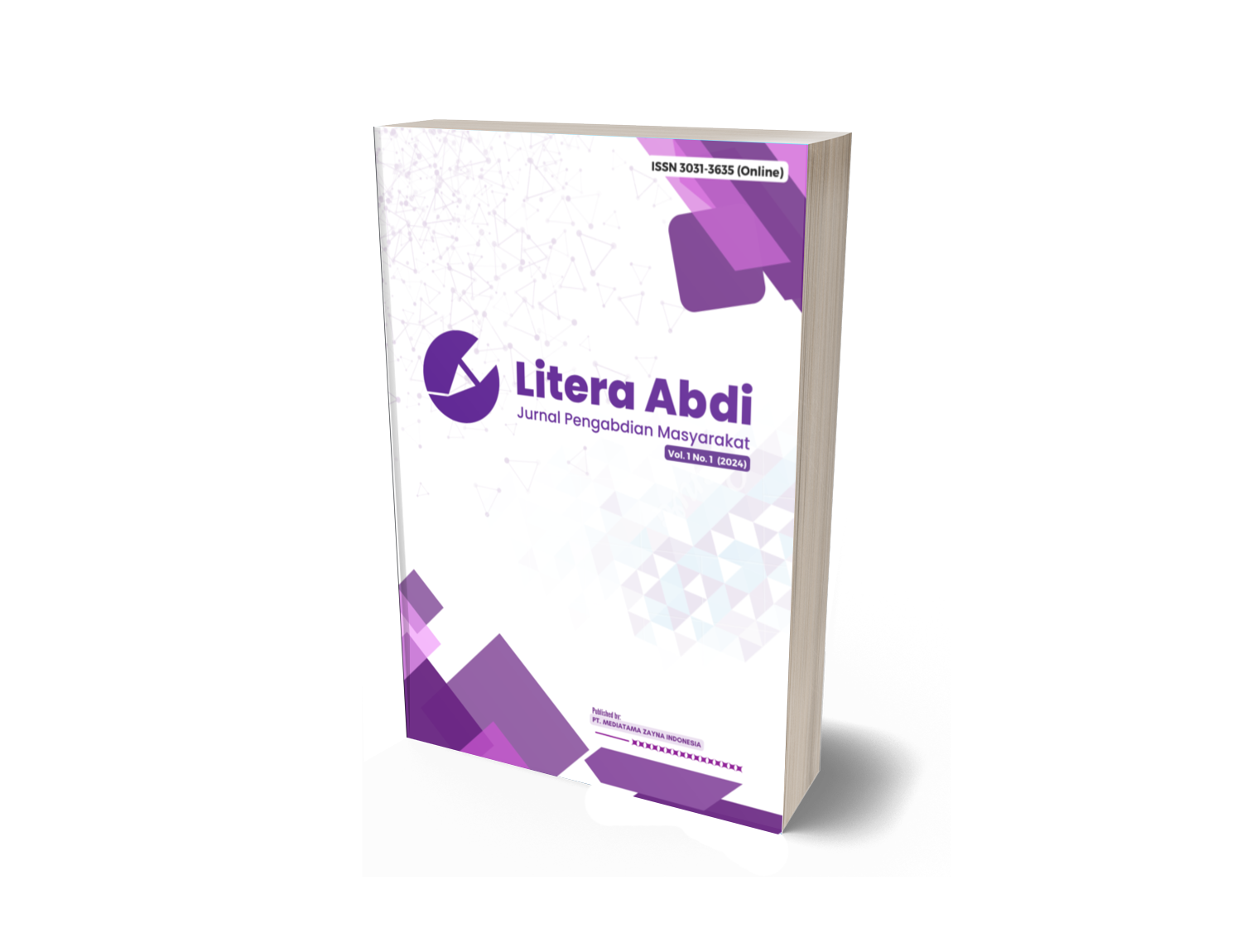Sosialisasi Gerak Mobility Pada Siswa SMA Kabupaten Gowa
DOI:
https://doi.org/10.59734/lajpm.v2i2.220Keywords:
Mobility, High school studentsAbstract
This community service activity aims to improve the understanding and skills of high school students in Gowa Regency in carrying out mobility movements as part of efforts to maintain functional fitness and prevent the risk of injury. Good joint mobility is the main foundation in carrying out physical activities efficiently and safely, especially for adolescents who are in the growth phase. The method used is participatory practice-based socialization with an educational and interactive approach, involving PJOK teachers and students directly. The material provided includes basic concepts of mobility, dynamic mobility drills, and the application of exercises in daily routines. The results of the activity showed an increase in students' understanding of the importance of body mobility, increased movement skills, and the emergence of awareness of the importance of maintaining fitness through good mobility. Teachers also showed high enthusiasm in integrating mobility materials into learning. This activity was concluded to be effective in building a culture of movement and fitness awareness in the school environment, and is recommended to be replicated in other schools as part of physical education learning innovation.
References
Afonso, J., Clemente, F. M., & Sarmento, H. (2023). Effects of mobility and flexibility training on recovery and athletic performance: A systematic review. Journal of Sports Science & Medicine, 22(1), 15–25.
Baechle, T. R., & Earle, R. W. (2008). Essentials of Strength Training and Conditioning (3rd ed.). Human Kinetics.
Behm, D. G., Young, J. D., Whitten, J. H., Reid, J. C., Quigley, P. J., Low, J., Li, Y., & Power, K. E. (2023). The science and application of mobility training in youth populations. Strength and Conditioning Journal, 45(2), 45–56.
Boyle, M., & Osar, E. (2022). The New Rules of Functional Training: Mobility, Stability, and Strength for Real-World Performance. Human Kinetics.
Cheatham, S. W., Kolber, M. J., & Cain, M. (2022). Dynamic vs static stretching: Current evidence and applications in physical preparation. International Journal of Sports Physical Therapy, 17(1), 120–127.
Cook, G. (2021). Movement: Functional Movement Systems: Screening, Assessment, Corrective Strategies. On Target Publications.
Gallahue, D. L., & Ozmun, J. C. (2006). Understanding Motor Development: Infants, Children, Adolescents, Adults (6th ed.). McGraw-Hill.
Jourdan, D., Gray, N., Barry, M., Caffe, S., Cornu, C., Diagne, F., Hage, F. El, Farmer, M., Slade, S., Marmot, M., & Sawyer, S. (2021). Supporting every school to become a foundation for healthy lives. The Lancet. Child & Adolescent Health. https://doi.org/10.1016/S2352-4642(20)30316-3
Kolb, D. A. (2015). Experiential Learning: Experience as the Source of Learning and Development (2nd ed.). Pearson Education.
Pica, R. (2004). Physical Education for Young Children: Movement ABCs (2nd ed.). Delmar Learning.
Saharullah, D. R. (2018). KOMPONEN LATIHAN FISIK. UPT Pepustakaan.
Siedentop, D., & Tannehill, D. (2000). Developing Teaching Skills in Physical Education (4th ed.). Mayfield Publishing.
Downloads
Published
How to Cite
Issue
Section
License
Copyright (c) 2025 muslim Ilyas

This work is licensed under a Creative Commons Attribution-ShareAlike 4.0 International License.
Most read articles by the same author(s)
- Muhammad Ivan Miftahul Aziz, Irvan, Sufitriyono, Andi sahrul Jahrir, Muhammad Akbar Syafruddin, Sosialisasi Pemahaman Masyarakat Tentang Kebugaran Jasmani Menghadapi SNBT Fakultas Ilmu Keolahragaan dan Kesehatan Universitas Negeri Makassar , LITERA ABDI: Jurnal Pengabdian Masyarakat: Vol. 2 No. 1 (2025): LITERA ABDI: Jurnal Pengabdian Masyarakat
- Muhammad Ivan Miftahul Aziz, Andi Sahrul Jahrir, Andi Febi Irawati, Sufitriyono, Sudirman Burhanuddin, Coaching Clinic Teknik Dasar Bolabasket pada Anak Usia Sekolah Dasar , LITERA ABDI: Jurnal Pengabdian Masyarakat: Vol. 2 No. 1 (2025): LITERA ABDI: Jurnal Pengabdian Masyarakat
- Muhammad Ivan Miftahul Aziz, Irvan, Andi Sahrul Jahri, Andi Febi Irawati, Sufitriyono, Forum Group Discussion PickleBall Club Kab. Maros , LITERA ABDI: Jurnal Pengabdian Masyarakat: Vol. 2 No. 2 (2025): LITERA ABDI: Jurnal Pengabdian Masyarakat









